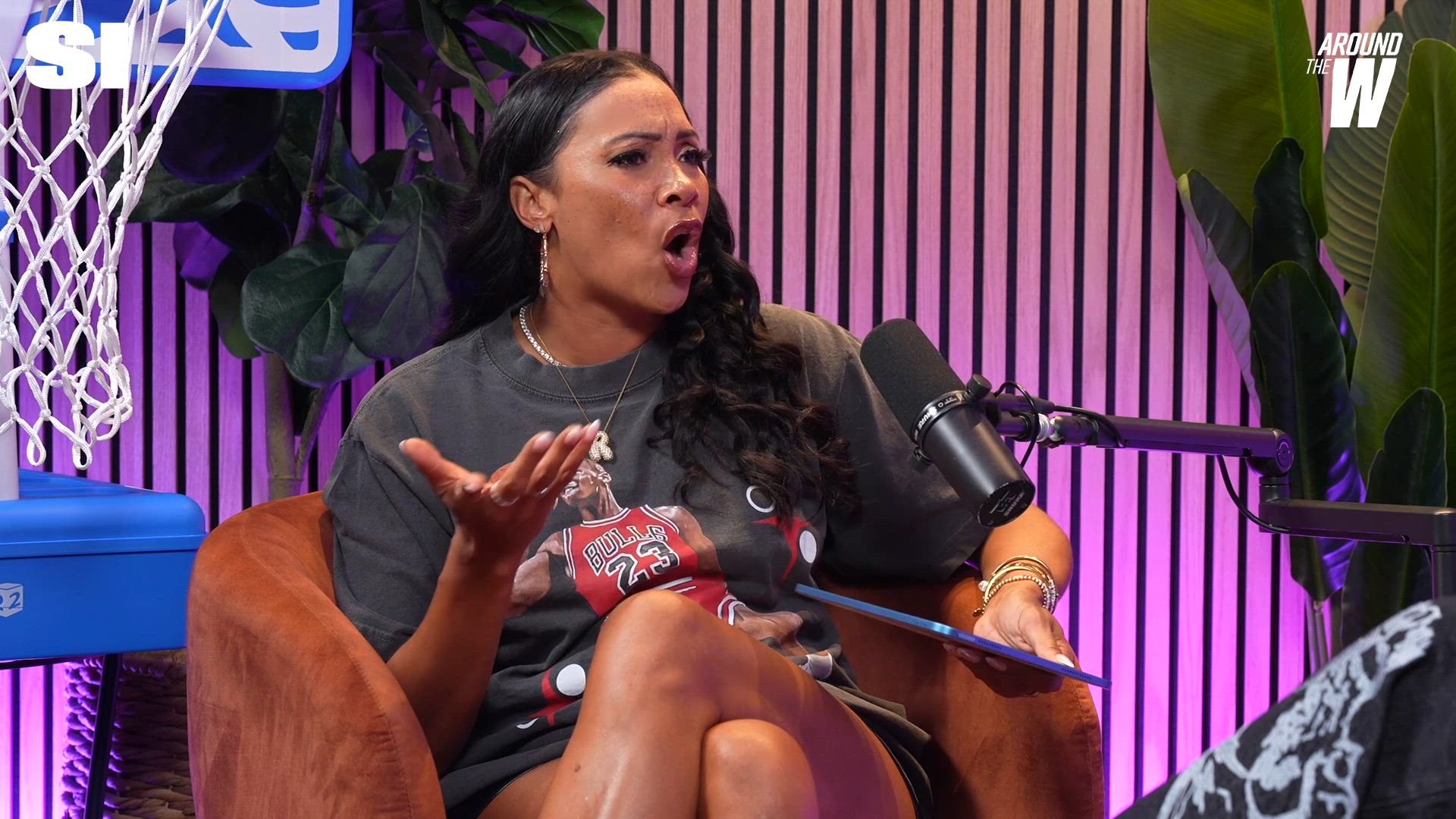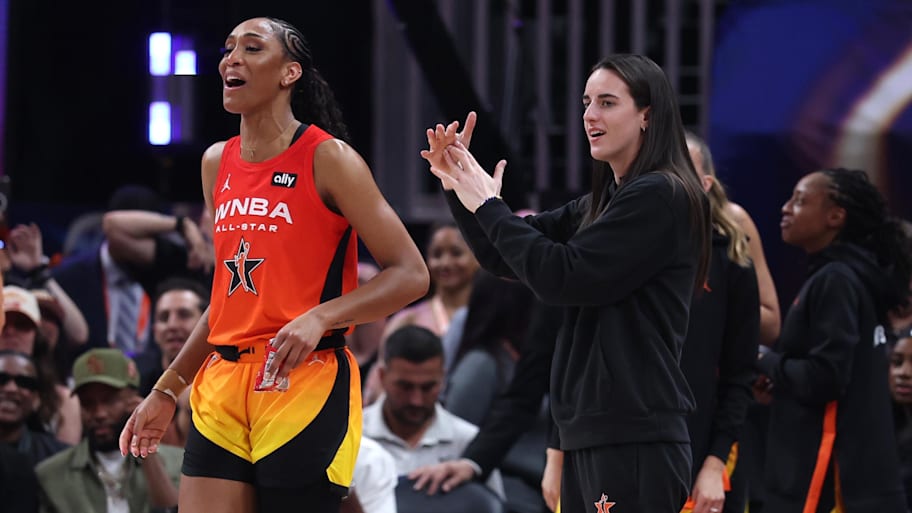INDIANAPOLIS — The WNBA’s All-Star weekend was positioned as a showcase of its growth. It came with major questions about just how that growth might ultimately be shared.
Signs of new corporate sponsorships were everywhere. League commissioner Cathy Engelbert happily touted year-over-year increases in attendance, merchandise sales and national television viewership. There were plenty of references to upcoming expansion—five new franchises will begin play in the next five seasons—and to lucrative new media deals that will kick in next season. All of which underscored perhaps the biggest event of the week: Thursday’s meeting between WNBA leadership and roughly 40 players representing the WNBA Players Association. Their collective bargaining agreement expires Oct. 31. Whatever follows may shape the future of the league.

“Yes, we’re celebrating amazing growth,” said WNBPA president and Storm forward Nneka Ogwumike. “But I think it’s not lost on us that we’re living the growth as we’re negotiating our worth.”
The players are conscious of that dynamic. Before the All-Star Game tipped off on Saturday, they appeared on the court donning shirts with the slogan, “Pay Us What You Owe Us.” Their bargaining session this week saw an unusual level of player engagement: The WNBPA had never had so many players show up to the bargaining table before, Ogwumike said. The group had representation from every team in the league, rookies and veterans, international and domestic, with some of the biggest stars in the game included.
“I think, for myself, that’s the best part of it,” said Caitlin Clark. “That’s the most powerful thing is all the girls from across the league just being in that room together.”
The 23-year-old superstar used her All-Star Game press conference to make some of her most pointed comments yet about player salaries and the changing state of the WNBA.
“We should be paid more, and hopefully that’s the case moving forward as the league continues to grow,” she said. “That’s probably the most important thing that we’re in the room thinking about.”
Clark makes tens of millions of dollars from brand deals with companies such as Gatorade, Nike and State Farm. Her WNBA salary is $78,066, plus a $2,575 bonus for being named an All-Star.

With scarcely three months until the expiration of the CBA, the weekend reflected a shift in the urgency and publicity around bargaining. Players described the session on Thursday as yielding very little progress. Engelbert struck a more hopeful note: “I want to call it constructive,” the commissioner said. “We had candid dialogue. This is part of the process … I’m still really optimistic that we’ll get something done that will be transformational.” In order to get there, both sides will have to find agreement on a slew of outstanding issues that include revenue sharing, pay structure and the length of the season.
The league has changed dramatically since these sides were last at the bargaining table. The most recent CBA, negotiated in 2020 and finalized in January ’21, was described at the time as transformative for the WNBA: The average salary rose to six figures, and players were allowed to fly premium economy to games, no longer just standard economy. (Any upgrades to business class still had to be paid out of pocket.) But that was a contract designed for a very different version of the league. The players no longer fly commercial. And they want a more clearly defined slice of a growing pie.
Teams could be purchased for as little as $2 million as recently as 2021. The entry fee for the latest round of expansion was a reported $250 million.
“We want to significantly increase their salary and benefits while balancing with our owners, their ability to have a path to profitability, as well as continued investment,” Engelbert said. “You see tens of millions of dollars being invested in practice facilities and other [elements of] player experience by teams. We want to strike the right balance between those two so that can continue.”
The players insist they understand that.
“Sometimes, I think our intelligence is insulted,” said Liberty guard Natasha Cloud. “We’re not just basketball players. We understand basic economics, we understand business models, we understand exactly where this league is and where this league is heading.”
The WNBA has put a deliberate focus in recent years on making All-Star weekend into a marquee event. It has been just three years since the skills competition and three-point contest had to be moved out of the host arena because of a Pampered Chef conference. That seems all but unthinkable now, with days of programming, brand events and late-night parties across town all weekend. “The growth of All-Star has been part of our strategy,” Engelbert said. Which certainly was not lost on the players, who used the game for their most conspicuous display of their bargaining priorities yet.
“I think we all have a good understanding,” Clark said. “This is very important for our future, for the future of the league, for the future of our careers.”
More WNBA on Sports Illustrated
This article was originally published on www.si.com as With CBA Talks Looming, All-Star Weekend Was a Showcase of WNBA Solidarity.
